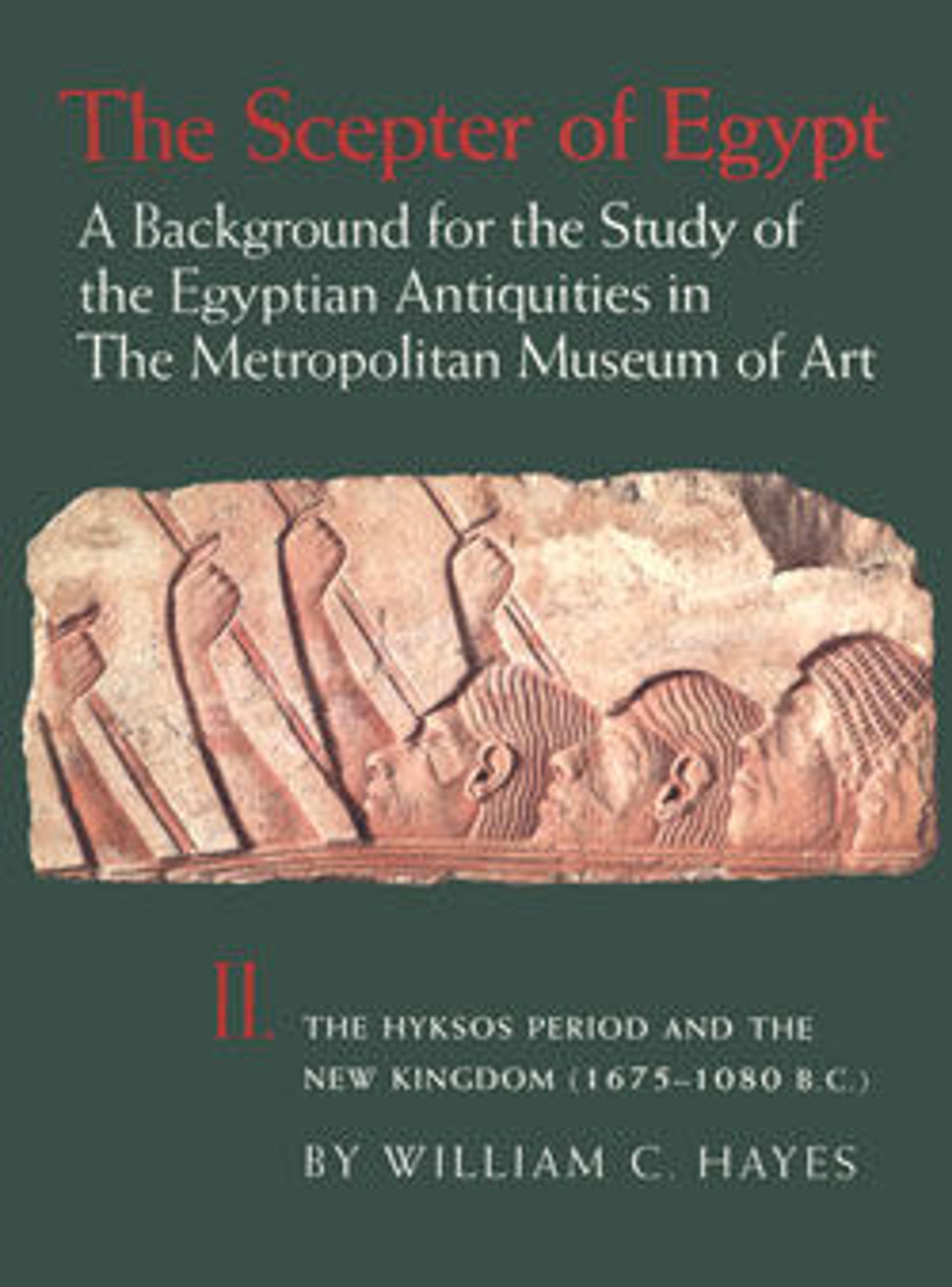Sphinx of Thutmose III
This finely executed representation of Thutmose III is made of extremely hard stone. The transition between the head of the king and the powerful feline body has been masked by the nemes headdress and the stylized lion's mane which forms a bib-like panel on the chest. A short column of inscription running down the chest identifies the king as "the Good God Menkheperre, beloved of [Amun]." The name of the god Amun was erased later in Dynasty 18 during the reign of Akhenaten, and was never restored. The Museum's Egyptian collection also includes sphinxes representing Thutmose's co-ruler Hatshsepsut (31.3.166), his son Amenhotep II (30.8.72), and his great grandson Amenhotep III (1972.125).
In Egyptian art, the sphinx statue dates back to Dynasty 4 of the Old Kingdom, more than a thousand years before the time of Thutmose III. The most famous example is the great sphinx at Giza which represents Khafre who also built the second pyramid in about 2500 B.C. The earliest sphinx statue in the Museum's collection represents the Middle Kingdom pharaoh Senwosret III (17.9.2) who ruled about 1850 B.C.
In Egyptian art, the sphinx statue dates back to Dynasty 4 of the Old Kingdom, more than a thousand years before the time of Thutmose III. The most famous example is the great sphinx at Giza which represents Khafre who also built the second pyramid in about 2500 B.C. The earliest sphinx statue in the Museum's collection represents the Middle Kingdom pharaoh Senwosret III (17.9.2) who ruled about 1850 B.C.
Artwork Details
- Title: Sphinx of Thutmose III
- Period: New Kingdom
- Dynasty: Dynasty 18
- Reign: reign of Thutmose III
- Date: ca. 1479–1425 B.C.
- Geography: From Egypt
- Medium: Quartzite
- Dimensions: l. 34.6 cm (13 5/8 in); w. 11.4 cm (4 1/2 in); h.. 23.3 cm (9 3/16 in); weight 4.5 kg (9.9 lb)
- Credit Line: Rogers Fund, 1908
- Object Number: 08.202.6
- Curatorial Department: Egyptian Art
More Artwork
Research Resources
The Met provides unparalleled resources for research and welcomes an international community of students and scholars. The Met's Open Access API is where creators and researchers can connect to the The Met collection. Open Access data and public domain images are available for unrestricted commercial and noncommercial use without permission or fee.
To request images under copyright and other restrictions, please use this Image Request form.
Feedback
We continue to research and examine historical and cultural context for objects in The Met collection. If you have comments or questions about this object record, please contact us using the form below. The Museum looks forward to receiving your comments.
